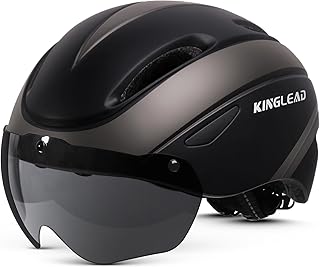The rise of e-scooters in urban settings has brought about a surge in injuries and hospital visits, prompting concerns about their safety compared to traditional bicycles. E-scooters offer a convenient and eco-friendly mode of transportation, particularly for short distances and last-mile commuting in cities worldwide. Despite their popularity, the safety of e-scooters remains a subject of debate, with incidents of injuries leading to hospitalizations.
Introduced in Singapore in 2016, the global electric scooter market has seen significant growth, reaching a value of over US$33.18 billion. More than 600 cities have adopted e-scooter sharing programs, although reactions to these micro-mobility vehicles vary among different urban centers. While some cities initially banned e-scooters due to safety concerns, others have implemented regulations to accommodate their use. In Australia, regulations around e-scooters vary across states and territories, reflecting the diverse responses to this emerging mode of transport.
The increase in e-scooter usage has been paralleled by a rise in related injuries, predominantly affecting males in their late 20s and early 30s. These injuries often involve head, face, and limb trauma, with low rates of helmet use among those injured. Additionally, a significant portion of e-scooter riders involved in accidents have been found to have elevated blood alcohol levels, indicating a potential link between alcohol consumption and the severity of injuries sustained.
Despite the growing number of e-scooter-related injuries, it is essential to assess their safety relative to other forms of transport, such as bicycles. While data shows an increase in e-scooter-related hospital admissions, these figures remain lower than those for cyclist injuries. Studies comparing injury rates between e-scooter users and cyclists have yielded mixed results, with some suggesting higher rates of severe trauma among e-scooter riders.
To enhance the safety of e-scooter users, regulatory measures, enforcement of rules, and user education are crucial. Implementing restrictions on usage times, age limits for riders, and promoting helmet use can help mitigate risks associated with e-scooter use. Collaboration with e-scooter companies is vital in ensuring compliance with safety measures, such as speed limits and sobriety checks. Moreover, investments in infrastructure that supports e-scooter use, such as dedicated lanes and safety features, can contribute to a safer urban environment for all road users.
As the demand for e-scooters continues to grow, understanding the risks and benefits associated with their use is essential for shaping future urban mobility strategies. By addressing safety concerns, implementing effective regulations, and fostering a culture of responsible riding, cities can harness the potential of e-scooters as a sustainable mode of transport while ensuring the well-being of riders and pedestrians alike.
📰 Related Articles
- Travel Safety Concerns Rise in Türkiye Amid Political Unrest
- E-bike Accident Highlights Safety Concerns Amidst Growing Popularity
- Demand Grows for Stricter E-Scooter Regulations in Laois Amid Safety Concerns
- Brisbane Leads Micromobility Innovation Amid E-Scooter Safety Concerns
- Travel Safety Concerns Rise After Istanbul Earthquake






